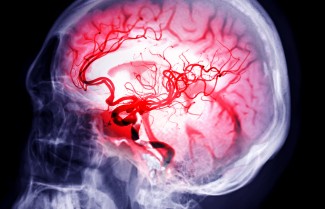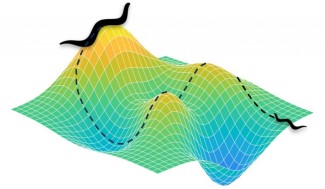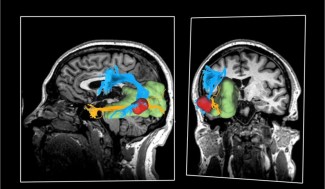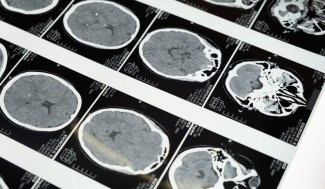Because high blood pressure is the major risk factor for a stroke, it is recommended to monitor blood pressure regularly and consult a physician if it goes above 140 at maximum pressure, or above 90 at minimum pressure, over the course of several measurements taken at rest.
The biological mechanisms of a stroke
Blood pressure is the pressure exerted by the blood on blood vessels as it circulates. High blood pressure is where the force of blood flow could damage the blood vessels.
The cholesterol rate, particularly LDL-cholesterol, should be below 1.6g/l. To reduce the risk of stroke, having this rate checked every 5 years is recommended.
The two molecules specifically responsible for transporting cholesterol are LDL and HDL.LDL molecules carry cholesterol to the cells; HDL molecules recover peripheral cholesterol and can bring it back to the liver. It more cholesterol is transported by LDL molecules than the cells need, the unused LDL molecules will be deposited on the blood vessel walls, forming plaques that decrease the diameter, increasing the probability of an ischemic stroke. The HDL molecules, on the other hand, act as blood vessel ‘cleaners’.

Tobacco use doubles the risk of ischemic stroke.








